Jack R. Strange, "A Search For The Sources Of The Stream Of Consciousness", The Stream Of Consciousness:

Jack R. Strange, "A Search for the Sources of the Stream of Consciousness", The Stream of Consciousness: Scientific Investigations into the Flow of Human Experience
More Posts from Sigilheart and Others
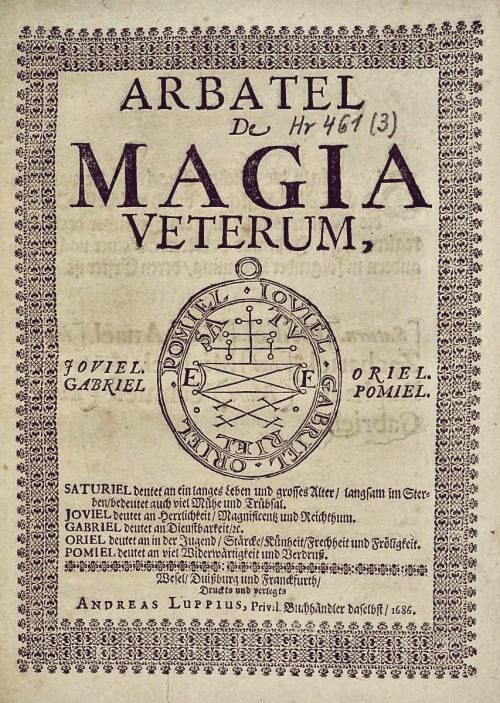
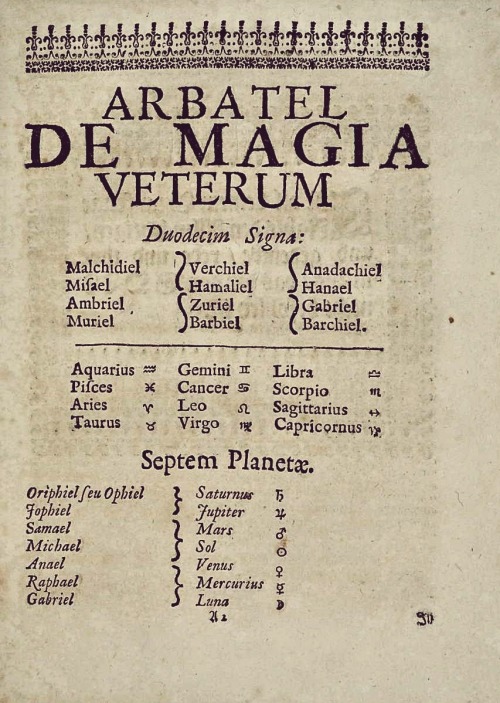

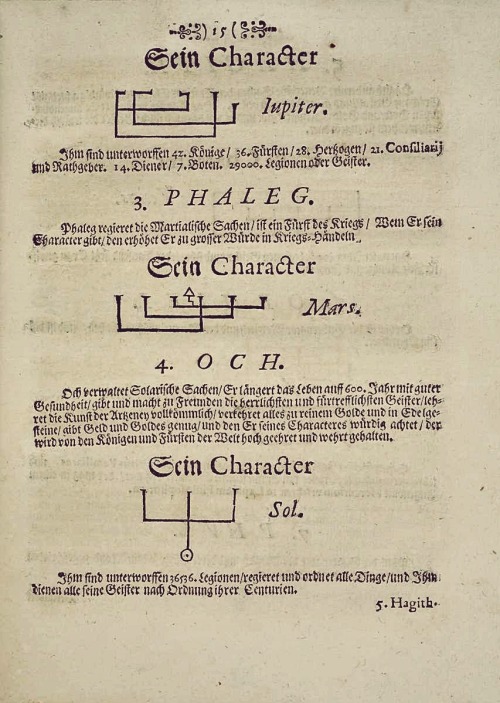
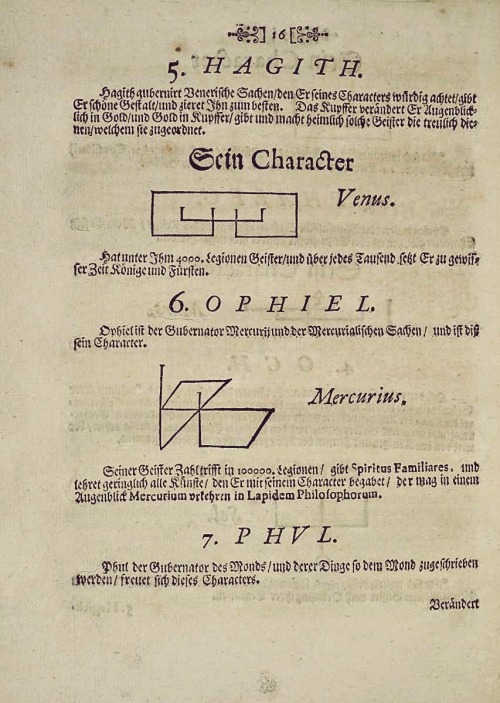
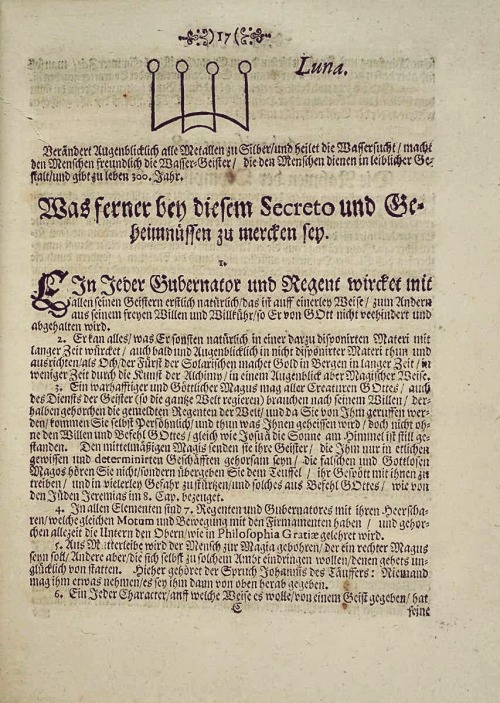
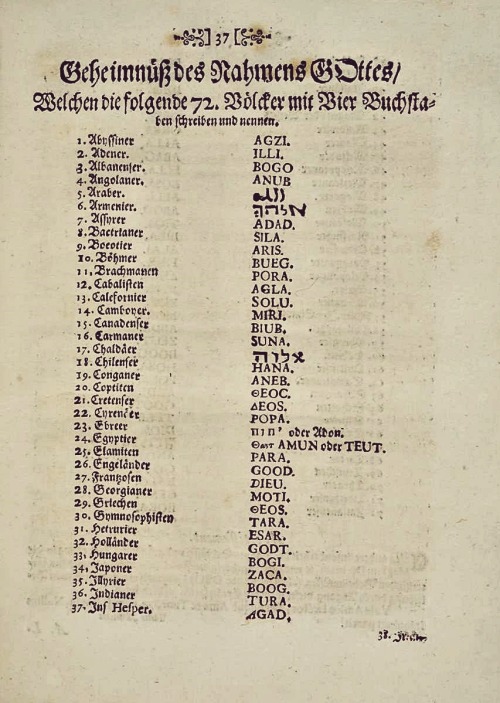
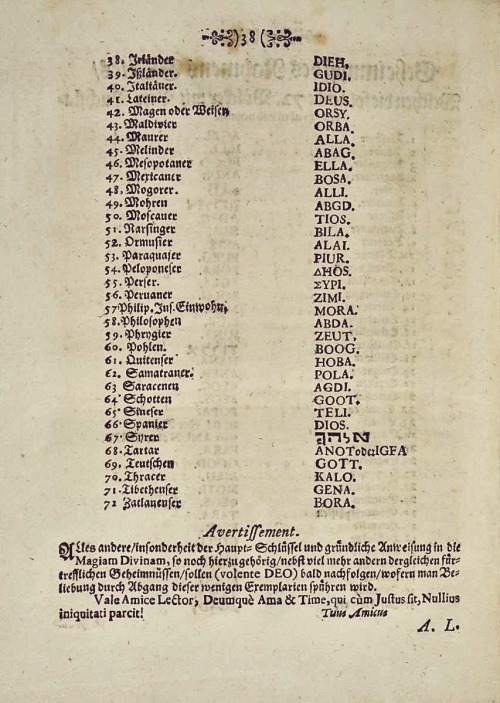
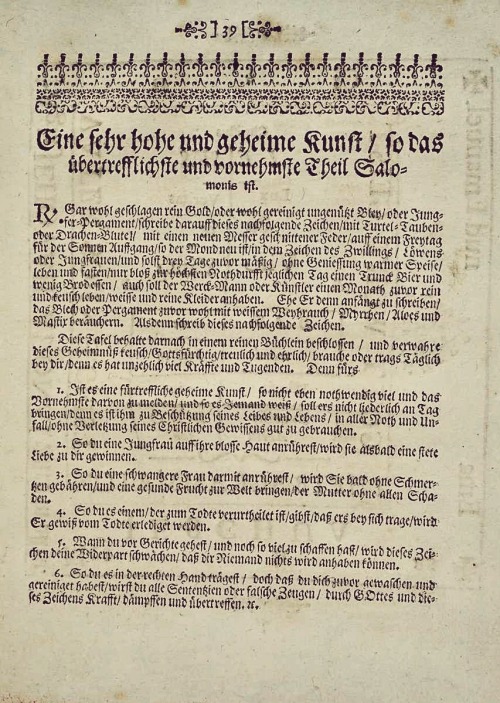
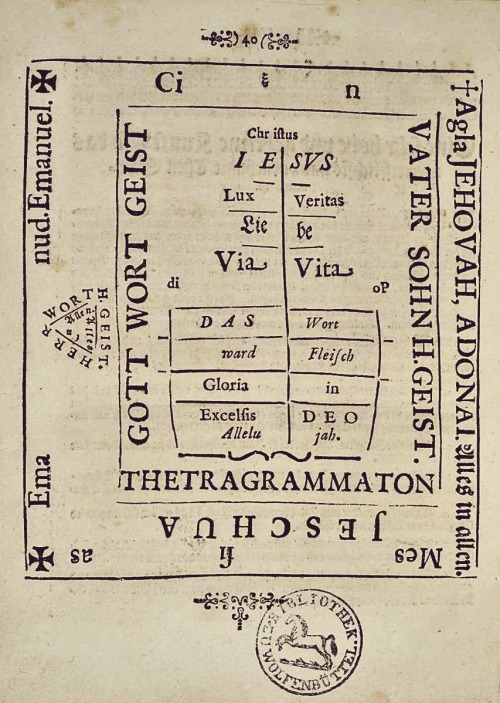
The Arbatel De Magia Veterum (Arbatel: On the Magic of the Ancients) is a grimoire of ceremonial magic that was published in 1575 in Switzerland. It was likely edited by Theodor Zwinger, and published by Pietro Perna. The actual author of the text remains unknown, but scholars suggest Jacques Gohory as a possible candidate.
The Arbatel mainly focuses on the relationship between humanity, celestial hierarchies, and the positive relationship between the two. The Olympian spirits featured in it are entirely unique to this grimoire. Unlike other grimoires, the Arbatel exhorts the magus to remain active in their community (instead of isolating themselves), favoring kindness, charity, and honesty over remote and obscure rituals. The teachings of Swiss alchemist Paracelsus greatly influenced the writing of this work, though it is also deeply rooted in classical culture, Ancient Greek philosophy, the Sibylline oracles and the philosophy of Plotinus.
Originally written in Latin, these selected ten pages come from a later German translation of the work, dated to 1686.

Folk figures, Lucie on the left, Barbora on the right (From the Ethnographic Museum in Prague)

A stone marker at a holy site dedicated to the dual lunar cult of Tanit and Astarte; Phoenician night goddesses worshipped from the Bronze Age through classical antiquity, alongside their horned consort Ba'al Hammon, “Lord of Braziers”, classically associated with Saturn.

Pages from the oldest known Norwegian svartebok ("black book") manuscript. Vinjeboka, c.1480-1520, Ms.8° 1059, Nasjonalbiblioteket, Oslo, Norway.
-
 sweetrelief6869 liked this · 1 month ago
sweetrelief6869 liked this · 1 month ago -
 nanadejda reblogged this · 1 month ago
nanadejda reblogged this · 1 month ago -
 3knight333 liked this · 2 months ago
3knight333 liked this · 2 months ago -
 creezy1111 liked this · 2 months ago
creezy1111 liked this · 2 months ago -
 95leonardo liked this · 2 months ago
95leonardo liked this · 2 months ago -
 djstarbucks-weddingmix reblogged this · 2 months ago
djstarbucks-weddingmix reblogged this · 2 months ago -
 curaimpetu liked this · 2 months ago
curaimpetu liked this · 2 months ago -
 pxnthesilee liked this · 2 months ago
pxnthesilee liked this · 2 months ago -
 revelations-mp3 reblogged this · 2 months ago
revelations-mp3 reblogged this · 2 months ago -
 min3rva33 liked this · 2 months ago
min3rva33 liked this · 2 months ago -
 wool liked this · 2 months ago
wool liked this · 2 months ago -
 regurienjoyer liked this · 2 months ago
regurienjoyer liked this · 2 months ago -
 mar344 liked this · 2 months ago
mar344 liked this · 2 months ago -
 beds-are-nice liked this · 2 months ago
beds-are-nice liked this · 2 months ago -
 heart-fully liked this · 2 months ago
heart-fully liked this · 2 months ago -
 ot1um liked this · 2 months ago
ot1um liked this · 2 months ago -
 sumsum199 liked this · 2 months ago
sumsum199 liked this · 2 months ago -
 thetrendkiller liked this · 2 months ago
thetrendkiller liked this · 2 months ago -
 violet-thist1e reblogged this · 2 months ago
violet-thist1e reblogged this · 2 months ago -
 jadiaashley liked this · 2 months ago
jadiaashley liked this · 2 months ago -
 neversaynotopandasworld liked this · 2 months ago
neversaynotopandasworld liked this · 2 months ago -
 soloride-tillidie reblogged this · 2 months ago
soloride-tillidie reblogged this · 2 months ago -
 soloride-tillidie liked this · 2 months ago
soloride-tillidie liked this · 2 months ago -
 lesleydallas liked this · 2 months ago
lesleydallas liked this · 2 months ago -
 lavenous liked this · 2 months ago
lavenous liked this · 2 months ago -
 philipkampp reblogged this · 2 months ago
philipkampp reblogged this · 2 months ago -
 thewigmaster liked this · 2 months ago
thewigmaster liked this · 2 months ago -
 jayjay-barnes liked this · 2 months ago
jayjay-barnes liked this · 2 months ago -
 sartrist liked this · 2 months ago
sartrist liked this · 2 months ago -
 babydollbluesss reblogged this · 2 months ago
babydollbluesss reblogged this · 2 months ago -
 sundayafternoonsurvivor liked this · 2 months ago
sundayafternoonsurvivor liked this · 2 months ago -
 stickyorchid reblogged this · 2 months ago
stickyorchid reblogged this · 2 months ago -
 eleusinian-kitten liked this · 2 months ago
eleusinian-kitten liked this · 2 months ago -
 thegendergoblins-bog liked this · 2 months ago
thegendergoblins-bog liked this · 2 months ago -
 cbcks reblogged this · 2 months ago
cbcks reblogged this · 2 months ago -
 cbcks liked this · 2 months ago
cbcks liked this · 2 months ago -
 plavigumbic liked this · 2 months ago
plavigumbic liked this · 2 months ago -
 thecowgirlbluess liked this · 2 months ago
thecowgirlbluess liked this · 2 months ago -
 markz777-dps liked this · 2 months ago
markz777-dps liked this · 2 months ago -
 levantineee liked this · 2 months ago
levantineee liked this · 2 months ago -
 for-a-reaso-n liked this · 2 months ago
for-a-reaso-n liked this · 2 months ago -
 tenderrest liked this · 2 months ago
tenderrest liked this · 2 months ago






